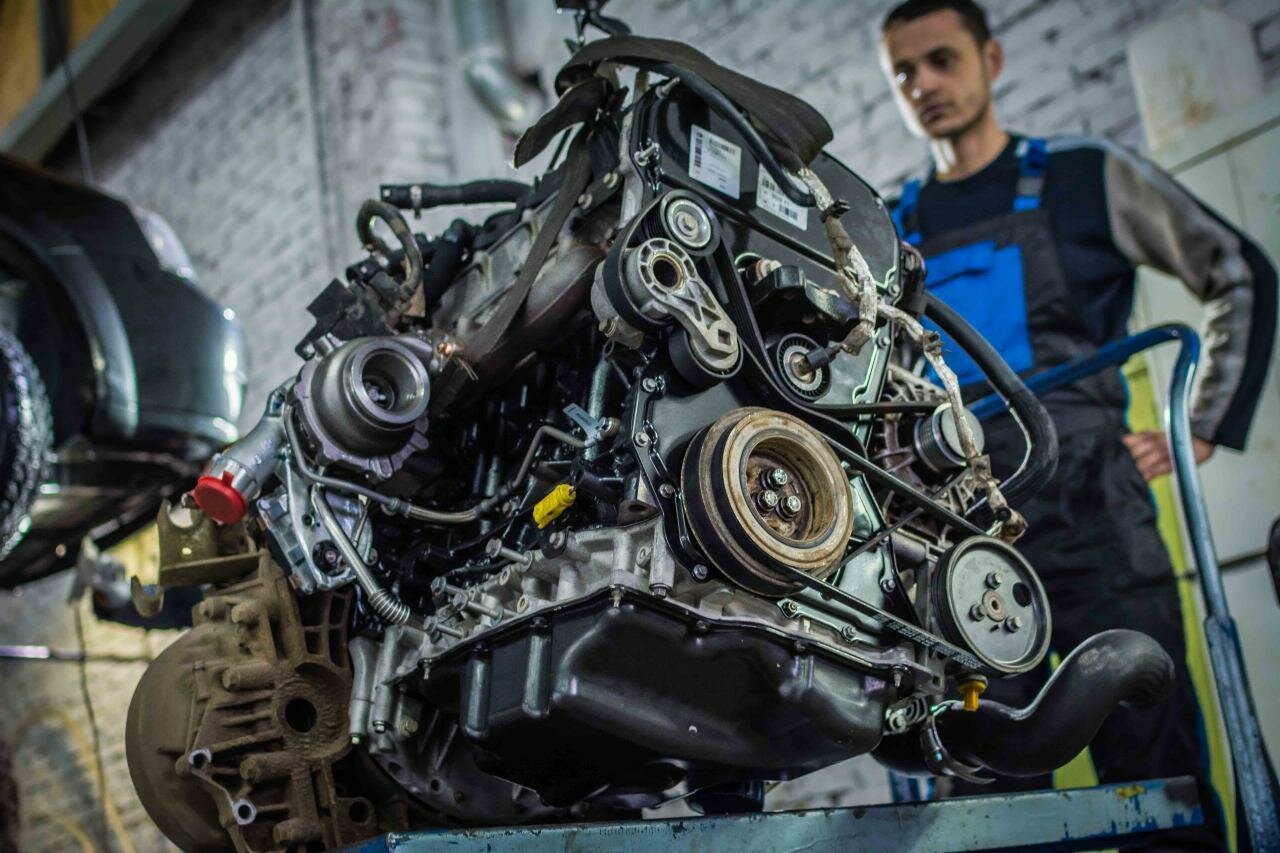Kia 3.8 V6 Engine Overview
A Brief History
The Kia 3.8 V6 engine, part of the Lambda family of engines, has been a significant player in Kia’s lineup since its introduction in the mid-2000s. Designed to provide a balance of performance and efficiency, this engine has powered various models, including the Kia Sorento, Kia Optima, and Kia Cadenza. With a displacement of 3.8 liters, it features a DOHC design and is equipped with technologies aimed at enhancing fuel economy and reducing emissions. The engine’s design reflects Kia’s commitment to innovation and competitiveness in the automotive market.
Over the years, the 3.8 V6 engine has garnered attention for its smooth operation and respectable power output, making it a popular choice among consumers looking for a reliable mid-range engine. However, like many engines, it has not been without its share of problems. As Kia expanded its reach in the global automotive market, the 3.8 V6 engine became a focal point for both praise and criticism. While it has been lauded for its performance characteristics, several issues have surfaced, leading to concerns among owners and potential buyers.
Understanding the common problems associated with the Kia 3.8 V6 engine is crucial for current and prospective owners. These issues can range from minor inconveniences to significant mechanical failures, impacting the overall driving experience and vehicle reliability. This article will delve into the most prevalent problems linked to the Kia 3.8 V6 engine, providing a straightforward assessment of what owners might face. By highlighting these concerns, the aim is to equip readers with the knowledge necessary to make informed decisions regarding maintenance, repairs, and potential vehicle purchases.
Kia 3.8 V6 Engine Problems: A Closer Look
Common Issues Faced by Owners
The Kia 3.8 V6 engine has been known to exhibit several problems that can affect performance, reliability, and overall vehicle safety. Below are some of the most common issues reported by owners:
- Oil Leaks: One of the most frequently reported problems is oil leaks, often stemming from the valve cover gaskets or oil pan. These leaks can lead to low oil levels, which may cause severe engine damage if not addressed promptly.
- Timing Chain Tensioner Failure: The timing chain tensioner can wear out over time, leading to a rattling noise and potential timing issues. If the timing chain slips, it can result in catastrophic engine failure.
- Overheating: Some owners have reported overheating issues, often due to a malfunctioning thermostat or water pump. Overheating can cause significant engine damage, including warped cylinder heads.
- Misfires: Engine misfires can occur due to faulty spark plugs, ignition coils, or fuel injectors. This can lead to poor performance, reduced fuel efficiency, and increased emissions.
- Excessive Oil Consumption: Some Kia 3.8 V6 engines have been reported to consume oil at an alarming rate, which can lead to engine wear and potential failure if not monitored.
Specific Symptoms and Their Consequences
Understanding the symptoms associated with these problems is crucial for early detection and prevention of further damage. Below is a table summarizing common symptoms and their potential consequences:
| Symptom | Possible Consequence |
|---|---|
| Oil spots under the vehicle | Low oil levels leading to engine wear |
| Rattling noise from the engine | Timing chain failure and potential engine damage |
| Temperature gauge reading high | Overheating, leading to warped cylinder heads |
| Check engine light illuminated | Engine misfires, poor performance, and increased emissions |
| Frequent oil top-ups required | Excessive oil consumption, leading to engine wear |
Top views |
|
|---|---|
 |
Oil, Timing Chains, Pistons: What Really Kills an Engine Prematurely? |
 |
How to Choose a Car with a Reliable Engine: Used Car Market Hacks That Actually Work |
Maintenance and Prevention
Regular maintenance is essential to mitigate these issues. Here are some recommended practices:
- Perform regular oil changes to prevent sludge buildup and ensure proper lubrication.
- Inspect and replace the timing chain tensioner as needed, especially if you notice any unusual noises.
- Keep an eye on the temperature gauge and address any overheating issues immediately.
- Regularly check for oil leaks and address them promptly to avoid low oil levels.
- Monitor fuel consumption and engine performance to catch misfires early.
By staying proactive with maintenance, owners can significantly reduce the risk of encountering severe problems with the Kia 3.8 V6 engine. Understanding these common issues and their symptoms is key to ensuring the longevity and reliability of the vehicle.




0 Comments